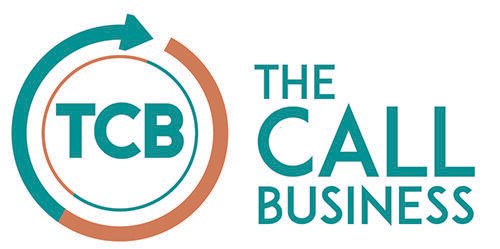Staying up close and personal when you can’t meet face2face
From our Managing Director, Andi Catt
The big challenge for many companies right now is how to keep the personal touch in their relationship with customers and prospects when many people are working from home, and while travel restrictions and social distancing are in place. Even with lockdown being relaxed a little, face2face meetings and site visits are seen as an absolute last resort. Trouble is, we all know that people buy people, so it is vital to rethink your comms and sales channels to get as much personal engagement as possible.
Using video conferencing instead of face2face meetings is the most obvious swap-out. Zoom, Microsoft Teams and Google Meet have seen vast increases in traffic during lockdown, but that is just the tip of the iceberg.
There are many more options you can explore and different ways to use the technology that is available.
Video content
Video content doesn’t necessarily mean a camera man, a production house and an editing suite.
There is some great software out there to easily record material from your desk, using your webcam. Most systems have the ability to then annotate and edit. There are links here to some of the most popular and widely used:
ScreenFlow (Mac only)
GoPlay (PC only)
Personally, I use the free version of Loom and it works very well for me; I can show my screen, my face, or a combination of both and I find it easy to use. I use it to record messages to our team – who all work remotely but are in different time zones so it enables everyone to get the message at a time that works for them. I wrote about video fatigue and the choice between Zoom and Loom in an earlier blog post.
Recently we have been helping our clients to use recorded video to provide additional support to their customers. We provide webchat support to one client, whose service engineers have been unable to make site visits. We were getting a lot of customers using the webchat to ask for help with technical problems so we worked with the service engineers and helped them to record simple ‘show and tell’ videos which we uploaded to a private Vimeo channel. We are now able to provide a link to those videos as soon as the customers ask for help and they are really well received. A few customers still need to have a phone or video call with an engineer but the response to the videos has been extremely positive and it positions our client as proactive, caring, innovative and tech-savvy.
Horses for Courses - choosing the right video comms
You will see the terms synchronous & asynchronous being bandied around quite a lot when you start looking into video communications.
Synchronous communication means that two or more people exchange information in real-time. A Zoom call between you and your customer is synchronous. A live webinar is synchronous. Trouble is, synchronous is live and when it comes to webinars, often only the most gregarious of your team are comfortable presenting live to a larger audience.
Asynchronous communication refers to the exchange of data between two or more parties without the requirement for all the recipients to respond immediately. So if your service engineer records a ‘show and tell’ video which is subsequently shared with your customers or hosted on your website, for viewing on an ‘on demand’ basis, that is asynchronous.
Get your team to play to their strengths. Get your shy geniuses to generate video content at their desks, without an audience, with the opportunity to practice, to edit and to re-record if needed. Then either make that available on-demand from your website and social platforms or use it as the tech content for a live webinar fronted by your customer-facing staff who are more experienced in public speaking. Sandwich the pre-recorded content between a live intro and live Q&A at the end.
Webchat
We’ve talked about webchat a lot recently on our blog so I don’t want to repeat myself, but adding this element of personal engagement to your website is a great way of getting closer to your site visitors. You have spent a lot of time and money getting them to your site so it makes sense to maximise your ROI while you have their attention. Nowadays it is almost expected that you can get some help or talk to someone in real-time via webchat.
And providing customers with a channel to have an informal, live dialogue with your team is a massive step forward right now when the telephone is not so convenient. As one prospect commented in their webchat feedback recently “I am working full time from home, but half the time I have Peppa Pig on in the background for my son, so being able to discuss things informally with you via live chat has been a real help. I was going to ring your helpline but, as soon as I pick the phone up, I get interrupted, so this has been much easier.”
It is possible to utilise AI and add chatbots and do some really complex, sophisticated marketing with webchat but in its straightforward form, to offer site visitors an opportunity to reach out and chat, is quick and easy. Implementing webchat can generally be done in a few hours by your web agency or developer adding some code to the site.
If you would like to read more about this topic, we shared our thoughts on how to choose and use webchat on our blog last month as well as some mistakes to avoid if you would like to read more.
Virtual events are also a great option, even for a small business or a small budget.
We’ll be tackling that in our next blog post.




